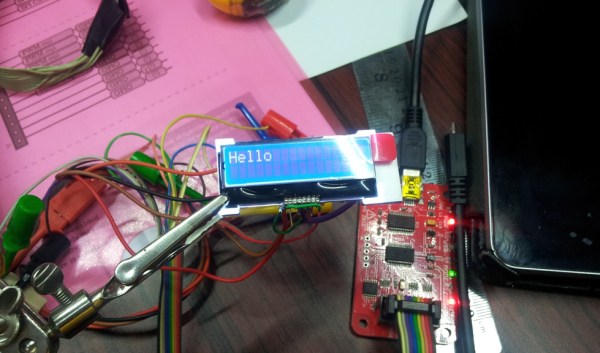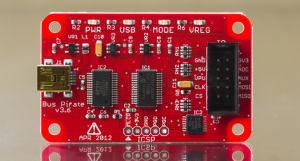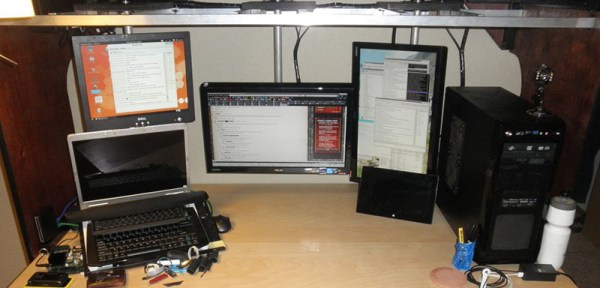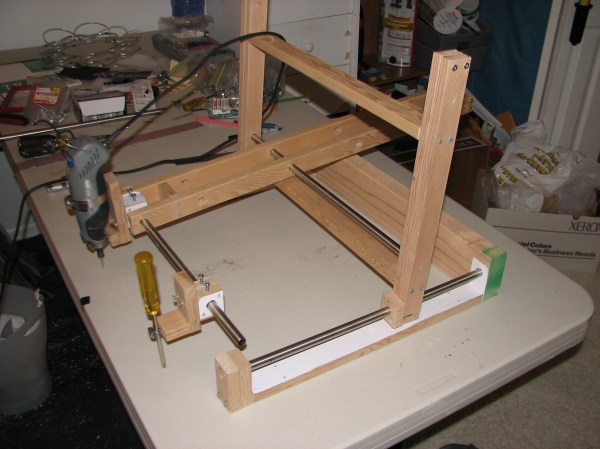The 31st annual Chaos Communications Congress (31C3) kicked off today and you’ve already missed some great talks. If you’re not in Hamburg, Germany right now, you can watch the talks as they happen on the live stream. So stop reading this blog post right now, and check out the list of presentations. (But don’t fret if you’ve already missed something that you’d like to see. All the talks are also available after the fact.)
For those of you whose worldview is centered firmly on the You Ess of Ay, you’ll be surprised to learn that the Congresses are essentially the great-grandaddy of the US hacker conventions. If you’re one of the many (old?) US hackers who misses the early days of yore before DEFCON got too slick and professional, you’ll definitely like the CCC. Perhaps it’s the German mindset — there’s more emphasis on the community, communication, and the DIY aesthetic than on “the industry”. It’s more HOPE than DEFCON.
This is not to say that there won’t be some great hacking showcased at 31C3. It is the annual centerpiece of the European hacker scene, after all. Hardware, firmware, or software; it’s all exploited here.
Some of the talks are in German, naturally, but most are in English. If you haven’t attended before, you at least owe it to yourself to check out the live stream. Better yet, if you’re a member of an American hackerspace, you can at least set up local remote viewing for next year. Or maybe you’ll find yourself visiting Germany next Christmas.
[Image: Wikipedia / Tobias Klenze / CC-BY-SA 3.0]





 Before using the TI though, [Inderpreet] wanted to test with the Bus Pirate first. This would allow him to verify the hardware, and to make sure he was correctly using the I2C bus. The Bus Pirate can operate at 3.3V or 5V logic levels, and has on-board programming specific to the I2C bus. Controlling the Bus Pirate is as easy as hooking up a serial terminal program and plugging in a USB cable.
Before using the TI though, [Inderpreet] wanted to test with the Bus Pirate first. This would allow him to verify the hardware, and to make sure he was correctly using the I2C bus. The Bus Pirate can operate at 3.3V or 5V logic levels, and has on-board programming specific to the I2C bus. Controlling the Bus Pirate is as easy as hooking up a serial terminal program and plugging in a USB cable.











